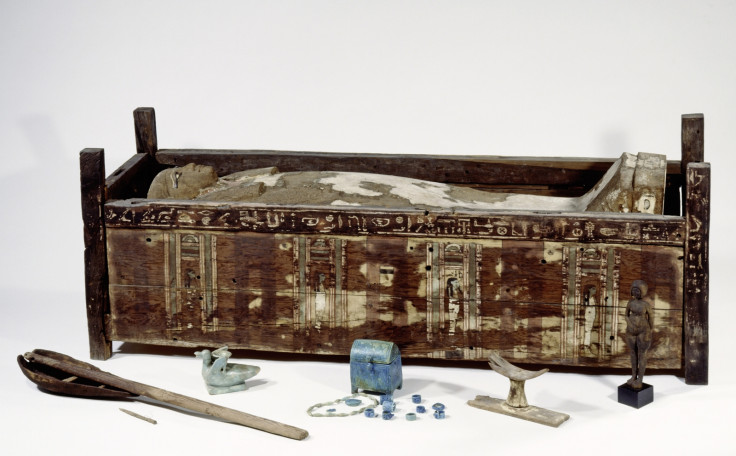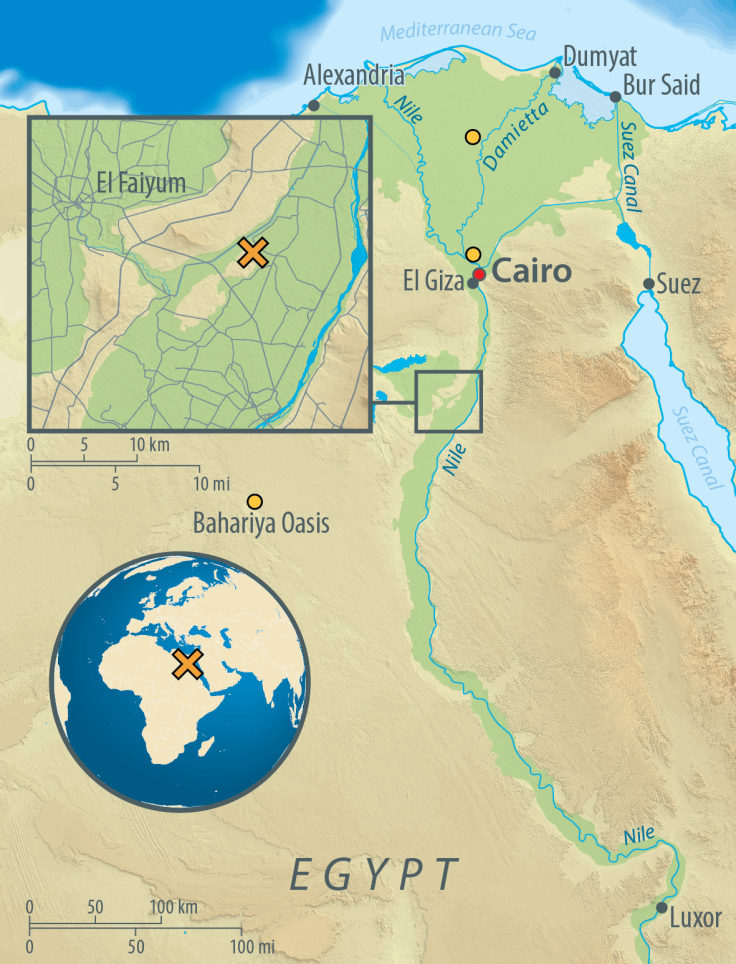Mummy DNA reveals surprise discovery about ancient Egyptians' ancestry
The study shed light on the ancestry of ancient Egyptians who lived at the crossroads between continents.

Ancient Egyptians shared more ancestry with people of the Near East than modern-day Egyptians, analysis of ancient mummy DNA has revealed. The Sub-Saharan African ancestry seen in the current Egyptian population emerged in more recent times.
The privileged position of Egypt in the ancient Mediterranean world, at the crossroads between Africa, Asia and Europe, has long fascinated scientists who study historical population dynamics and genetics. Interactions between different cultures have been documented in Egypt throughout ancient history, including international trade exchanges and foreign invasions.
In a study now published in Nature Communications, researchers have attempted to learn more about how these interactions shaped Egypt's past population and whether they can still be seen today, in the DNA of present-day Egyptians.
They were particularly keen to learn whether foreign conquest and domination during the Ptolemaic (332–30 BCE) and Roman (1388 BCE–426 CE) periods affected the genomes of ancient Egyptians.
Mitochondrial and genome-wide analyses
Until now, the study of Egypt's population history had mostly relied on literary sources and archaeological evidence. Analyses of ancient mummy genomes had been conducted before, but there had been concerns about DNA contamination - scientists were unsure if the ancient DNA had really been preserved or if they were studying DNA from later periods which had ended up in their samples.
This is the first time scientists use modern sequencing techniques and authenticity tests to ensure the ancient origin of the samples they obtained – confirming at the same time that mummies are a valid genetic source to study ancient human history.
Here the researchers, led by Johannes Krause from the Max Planck Institute for the Science of Human History in Germany worked with ancient mummies from the Pre-Ptolemaic, Ptolemaic and Roman times found at the Abusir-el Meleq site near Cairo. Their sample spanned 1,300 years of ancient Egyptian history, from about 1388 BCE to 426 CE.

They examined a total of 90 ancient mitochondrial genomes, as well as the genomes of three individuals.
"The individuals we studied belonged to the middle-class and were buried in a large cemetery, not too for from Cairo and well connected to the whole Egyptian world. So we have a sample that is quite representative of the ancient Egyptian population," Johannes Krause told IBTimes UK.
"We started with 150 mummies but ended up working with 90 whose mitochondrial DNA had been well preserved. Additionally, for three of them, we were able to get well-preserved nuclear DNA. Although having more nuclear DNA would have allowed us to generalise our findings even further, we can already get a good idea from this data," he added.
The DNA analyses revealed that ancient Egyptians shared more ancestry with people of the Near East than present-day Egyptians, who received additional sub-Saharan admixture much more recently, after Roman times. Foreign invasions of Egypt in fact seemed to have had very little impact on the DNA of these ancient people.
"Our study shows there was a remarkable genetic continuity from the Middle Kingdom of Egypt to Roman times. Despite what we might have thought, there was no gene flow from Nubia," Krause said.
"The ancient Egyptians do not show a Sub-Saharan ancestry and were much more connected to the Near East than what was assumed before. The genetic impact from Sub-Saharan Africa appeared much more recently, in the last 1,500 years."
The researchers say their findings raise a lot of questions about what the ancient Egyptians looked like and about how the Sub-Saharan ancestry was introduced in Egypt. They hope their techniques will be used again in the future on other mummies to investigate these issues further.
© Copyright IBTimes 2024. All rights reserved.







